Genus Grevillea Rank Species | ||
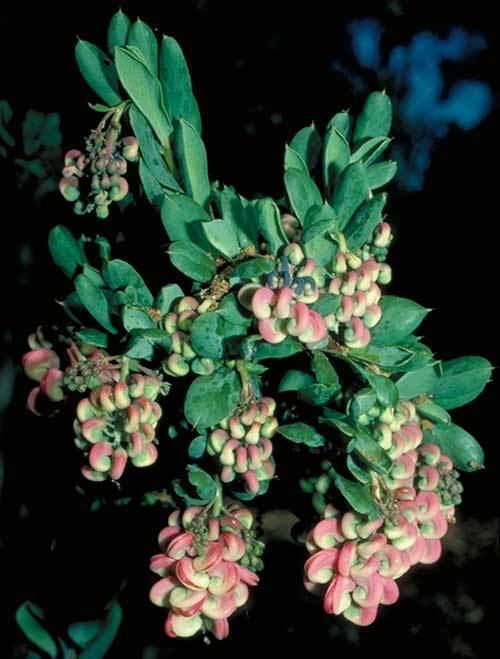 | ||
Similar Grevillea jephcottii, Grevillea acanthifolia, Grevillea involucrata, Grevillea rivularis, Grevillea confertifolia | ||
Grevillea iaspicula, also known as Wee Jasper Grevillea, is an endangered shrub species that is endemic to southern New South Wales in Australia.
Contents
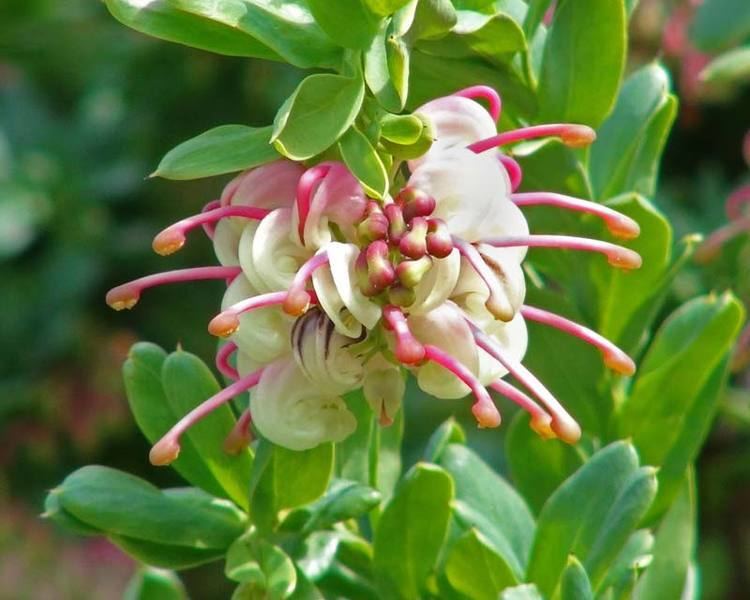
Description
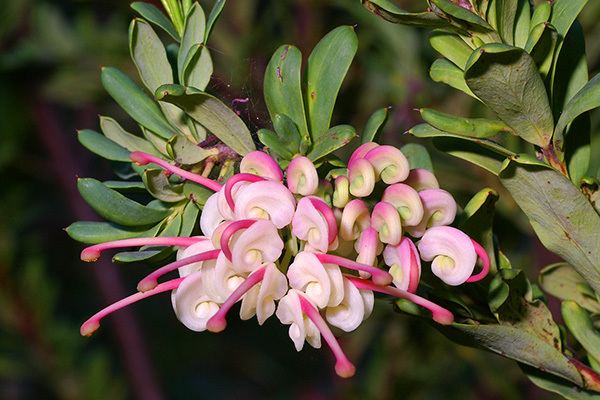
Grevillea iaspicula grows to between 1.2 and 2.5 metres in height. Leaves are between 2 and 3 cm in length and have recurved margins. The branched, pendant inflorescences appear from late autumn to late spring. Perianths are green or cream coloured, flushed with light pink and the styles are pink or red. These are followed by hairy follicles.
Taxonomy
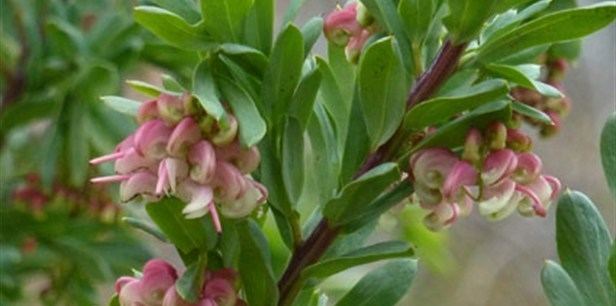
The species was first formally described by botanist Donald McGillivray in 1986. The type specimen was found on private property in Wee Jasper in 1980. The specific epithet aspicula is derived from the Latin words iaspis (jasper) and ul (small) referring to the type locality.
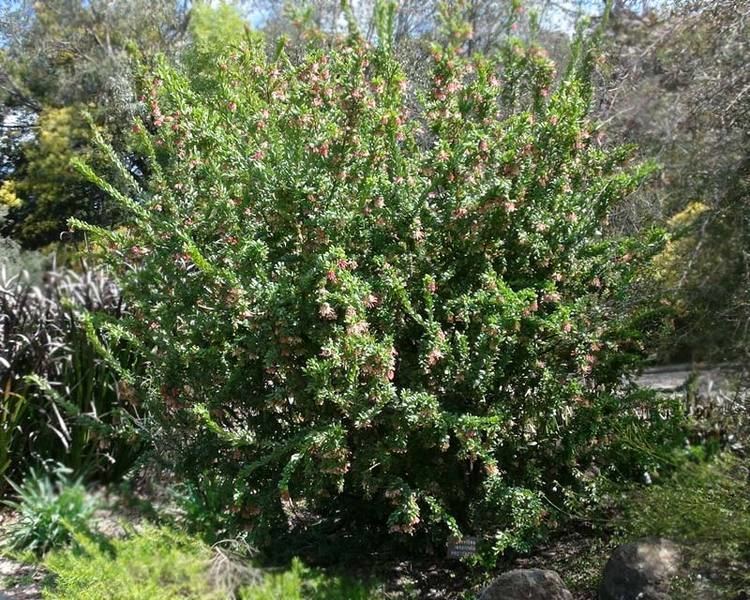
In the Flora of Australia (1999), the species was positioned within the genus Grevillea by means of a hierarchical tree as follows:
Grevillea (genus)
Floribunda GroupDistribution
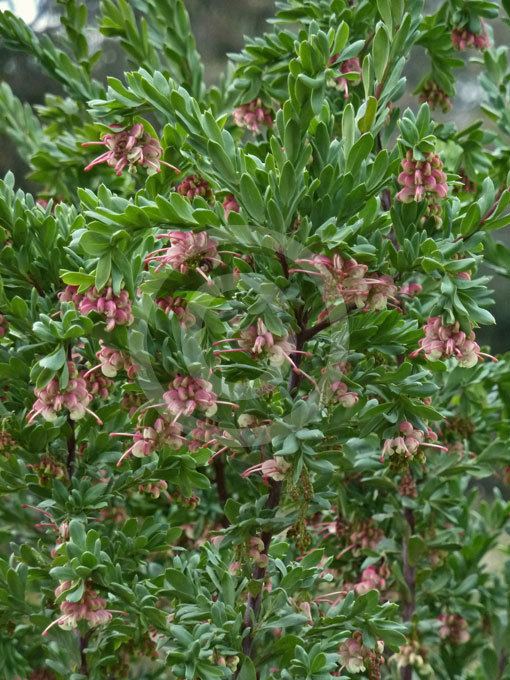
Grevillea iaspicula occurs in a restricted area in Wee Jasper and near Lake Burrinjuck among limestone-based rocky outcrops. Many populations are on private land.
Ecology
The species is believed to be pollinated by birds.
Conservation status
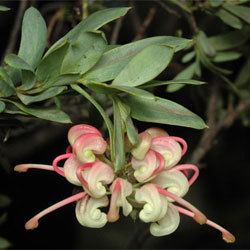
Grevillea iaspicula is listed as "critically endangered" at national level (Environment Protection and Biodiversity Conservation Act 1999) and "endangered" at state level (Threatened Species Conservation Act 1995 (NSW)). Potential threats include grazing, weeds, fire and drought. It is believed that survival of the species in the wild is unlikely without human intervention to artificially increase populations.
Cultivation
The species has only been brought in to cultivation in recent times and plants are not yet widely available beyond specialist nurseries. It exhibits a number of qualities which make it a suitable candidate for many gardens including adaptibility to a range of soil types, responsiveness to pruning, and resistance to heavy frost. Plants may be propagated from cuttings.
